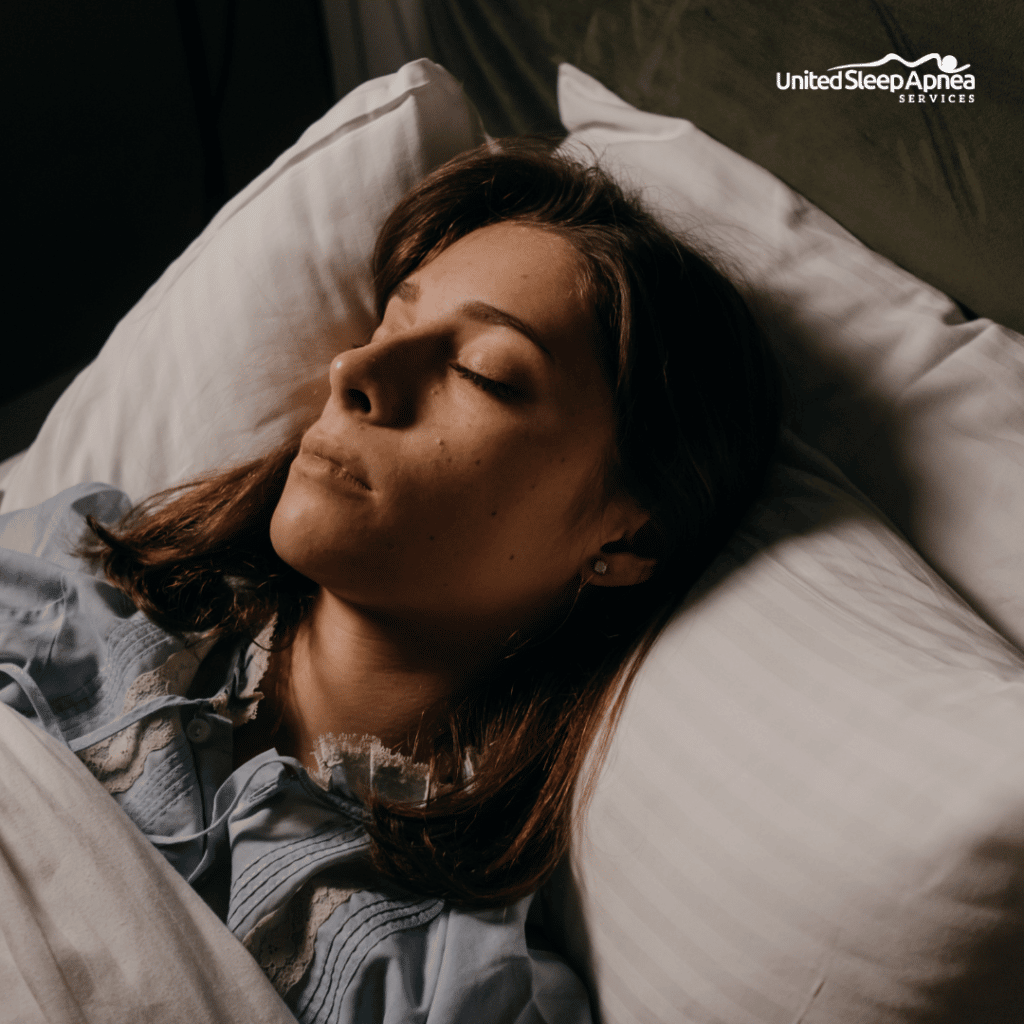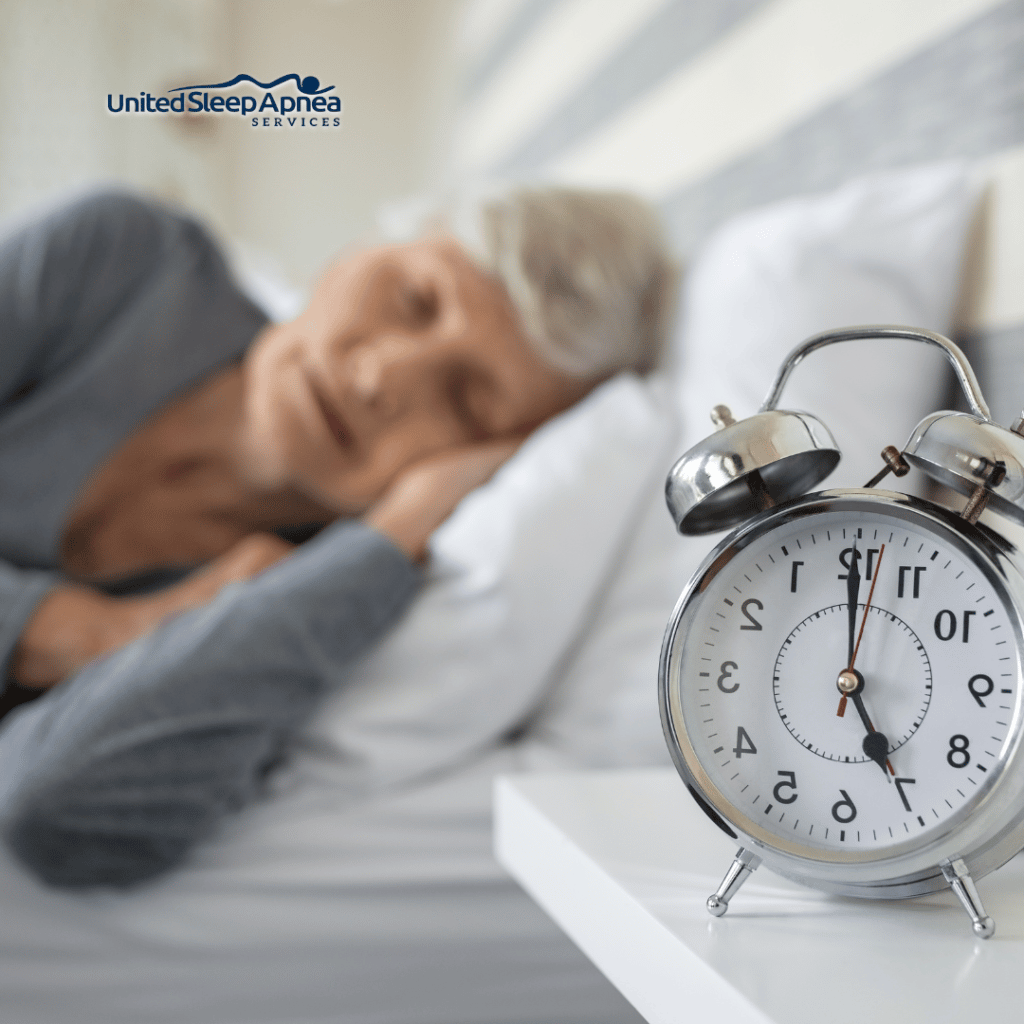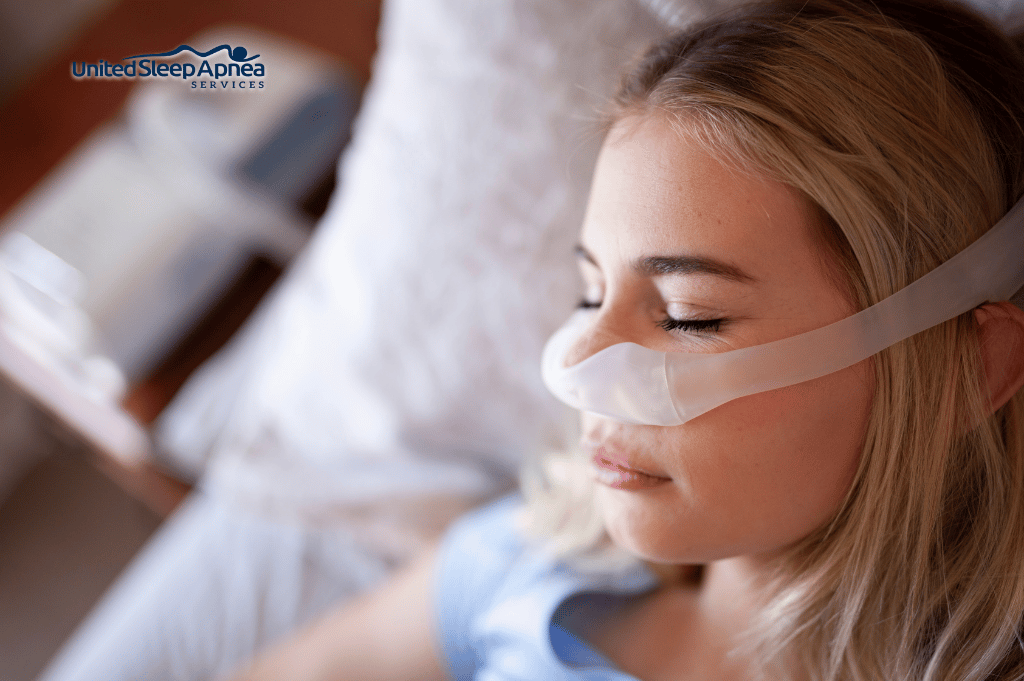In reality, sleep is not a passive or restful activity. Instead, it is one of the most active states that benefit your physical and mental health. Sleep, together with other organs and hormones, plays a vital role throughout the lifespan of every human being. The brain, the most important organ that couples with sleep, mediates many essential functions like growth, memory consolidation, inflammatory response, brain cleanup, and so forth.
Overview of Sleep and Sleep Cycles
With the inception of the electroencephalogram (EEG), scientists could carry out several studies to analyze and study sleep, various sleep stages, and sleep cycles in detail.
The two main categories of sleep include:
Characterized by rapid eye movements during sleep. Dreaming occurs at this stage of sleep.
The Non-REM (Non-Rapid Eye Movement – NREM) sleep beholds further stages of sleep, namely NREM Stage 1, NREM Stage 2, and NREM Stage 3. These stages resemble wakefulness, light sleep, and slow-wave deep sleep.
Notably, in a person’s night sleep, these various stages do not occur in a series or sequence. Instead, they progress as sleep cycles wherein the rest begins with NREM Stage 1 and proceeds with NREM Stage 2 & 3, followed by REM sleep. Again, a sleep cycle does not end with completing REM sleep. After REM sleep, the person again enters the NREM Stage 2, and the cycle repeats for up to four to six iterations. A single iteration of sleep stages is called an episode. Hence, these episodes iterate to constitute sleep cycles.
An August 2020 article published by the Sleep Foundation Organization presents the variations in the length of these sleep stages. On average, each sleep cycle tends to last for about 90 minutes. The first commencing sleep cycle usually ranges from 70 to 100 minutes. The successive sleep cycles typically last longer and range from 90 to 120 minutes.
Glimpses of the Four Sleep Stages
This stage begins a sleep cycle and is often called the transition state as people transition from wakefulness to sleep mode. Comparatively, this is the lightest stage of sleep and lasts for about 5 to 10 minutes. When a person lies in this stage of sleep, it is easier to wake them up without requiring any external stimuli. A minute noise or illumination can wake them from their slumber.
This stage is the actual light sleep state wherein the body temperature, breathing rate, heart rate, muscle movements, and eye movements slow down gradually. That enables the body to enter the deep sleep stage. In general, this stage lasts for about 10 to 25 minutes.
In this stage, a person enters the deep sleep state from a light sleep state. The body temperature, breathing rate, heart rate, muscle movements, and eye movements become zero, and it is difficult to wake a person who has already entered this stage of sleep.
As we saw earlier, rapid eye movements occur in this stage of sleep. Also, brain activities, breathing rate, heart rate, and body temperature increase and almost become equivalent to the state of wakefulness, unlike NREM stages. Mostly, dreaming takes place in this REM stage. The American Sleep Foundation claims that people spend nearly 20% of their total sleep time in this REM stage.
In this article, let’s see the NREM stages 2 and 3, along with their characteristics, variations, and sleep disorder associations.
NREM Stage 2 in Detail
In normal healthy sleepers, with the onset of NREM Stage 2 from NREM Stage 1, the following activities are observed:
- The body disconnects from the external environment due to slow down in the brain's activities
- The body temperature decreases well below the range at the wakefulness state
- The rate of respiration/breathing and heart rate starts slowing down
- Muscles start relaxing
- The eye movements slow down largely
- The brain demonstrates new wave patterns, unlike in NREM Stage 1

Humans spend nearly half of their total sleep time in the NREM Stage 2, lasting for about 10 to 20 minutes for healthy individuals.
Sleep Spindles in NREM Stage 2
During NREM Stage 2, though the brain activities slow down and the electrical activities become irregular, the brain produces rapid short bursts of impulses called the sleep spindles. Sleep spindles form when large and slow waves mingle with one another.
These are usually spontaneous, rhythmic waves, occurring within half to one second and have a frequency of 12 to 14 Hertz.
Of note, sleep spindles have a couple of roles to play during the NREM Stage 2, including:
Breaking down the connection between the body and the external stimuli or the environment to enable continued sleep.
When a person learns new things, the brain consolidates the received information for long-term storage.
Researchers have also observed unique EEG tracing patterns called the K-complexes and sleep spindles.
K-complexes in NREM Stage 2
Upon research, scientists have discovered that K-complexes resemble an in-house vigilance system. When sleep spindles disconnect the body from external stimuli, K-complexes provoke awakening activities upon particular, but not all, external or internal stimuli unless a necessary trigger hits the brain.
For example, researchers have observed K-complexes on the EEG when someone calls or whispers the person’s name. K-complexes generally are high in amplitude and show broad, diphasic, and transient waves.

ARE YOU MISSING OUT ON THE MOST RESTORATIVE SLEEP OF YOUR LIFE?
Reduce your daytime fatigue with the latest diagnostic testing and physician services for improved health.
Our team of experts will listen to your concerns, guide you through the process, and answer all your questions.
NREM Stage 3 in Detail
The Non-REM (NREM) Stage 3 is also referred to by researchers as Slow Wave Sleep (SWS), Delta Sleep, Deep Sleep, or Short Wave Sleep. This deep sleep stage lasts for about 20 to 40 minutes in the initial sleep cycles and tends to shorten as the night sleep progresses. Specifically, in the nocturnal midnight, individuals spend most of their sleep time in the deep sleep stage, whereas, in the early mornings, the individuals spend the most time in REM sleep instead of deep sleep.
The activities eventuating during this stage include:

- Muscles relax completely
- The transition occurs from light sleep to profound sleep
- Muscles relax even more than the extent that happened during the NREM stage 2
- The heart rate and rate of respiration slow down further
- The brain produces slow waves called the Delta waves (hence, the name Slow Wave Sleep or the Delta Sleep)
- The body becomes highly less responsive to external stimuli
As people age, they tend to spend more of their total sleep time at the light sleep stages rather than at the deep sleep stage.
Sleepwalking and Bedwetting in NREM Stage 3
Early studies conducted by sleep expert researchers suggested that sleepwalking and bedwetting will likely occur during this deep sleep stage.
The activity of getting up and walking while at sleep is called sleepwalking. This kind of activity falls under a sleep disorder category called parasomnia, in which individuals exhibit abnormal sleeping behavior.
The activity of involuntary urination (unintentional discharge of urine) while asleep is called bedwetting or enuresis. It occurs precisely at night time, referred to as nighttime incontinence or nocturnal enuresis.
Though there exist pieces of research evidence wherein sleepwalking and bedwetting occurred in other sleep stages, these activities tend to occur majorly at this deep sleep stage.
Essential Body Functions in NREM Stage 3
A 2020 WebMD article elucidated the function of restorative sleep at NREM Stage 3. At this stage, the body begins to perform its restoration or immune functions, including inflammatory response, recovery/repair, and regrowth/growth. Strengthening of the immune system actually happens at this stage of deep sleep.
As a Sleep Foundation publication mentions, your body performs other functions while at NREM Stage 3 of sleep. With the help of observational studies, scientists have proved that deep sleep also contributes to insightful thinking, memory, and creativity.
Sleep Apnea and Slow-Wave Sleep
The interrupted breathing during nocturnal sleep results in sleep apnea—one of the major sleep disorders. Breathing stops and starts more often in these sleep apnea patients. Sleep apnea has become a significant sleep disorder in the U.S., as nearly 22 million Americans already suffer from this severe sleeping disorder. Almost 80% of the diagnosed sleep apnea cases show moderate or severe obstructive sleep apnea.
A Sleep Foundation survey showed that many Americans are unaware that they suffer from severe sleep apnea. Remember, earlier the diagnosis, earlier the recovery.

ARE YOU OR YOUR LOVED ONES AFFECTED BY SLEEP APNEA?
Our process is designed using a patient-centered, holistic curative model that focuses on lowering costs while improving outcomes.
We serve veterans, minorities, families, and those who can't get tests done at other facilities
Researchers have conducted several observational and experimental studies to understand how sleep apnea affects each sleep stage. One such research published in the journal of Neuropsychopharmacology (2003) discovered that subjects with severe sleep apnea showed a reduced percentage of deep sleep stage (NREM Stage 3) and an increased rate of light sleep NREM Stages 1 and 2. These results contrast with the patterns shown by healthy sleepers (without sleep apnea).
Obstructive sleep apnea (OSA) is the most common form of sleep apnea in which the interruption in breathing occurs due to too much relaxation of the throat muscles. Here comes the research evidence for variations in slow-wave sleep stage among OSA in children and adults.
Obstructive Sleep Apnea in Children
A Daniel Y.T. Goh et al. research published in the American Journal of Respiratory and Critical Care Medicine studied the variations in sleep architecture among children suffering from Obstructive Sleep Apnea.
This research conducted a polysomnographic analysis of healthy and OSA children in the age group ranging from 2 to 12 years. The research results included:
- 55% of the children showed OSA signs in the REM sleep stage, not the NREM stages 1, 2, and 3
- OSA occurring in the Slow Wave Sleep was merely rare
- Among the NREM Sleep stages 1, 2, and 3, stage NREM 3 (Slow Wave Sleep) showed the lowest apnea index
Obstructive Sleep Apnea in Adults
A study analyzed three groups of patients from the Sleep Heart Health Study with over 6000 patients’ database of home-based polysomnography (PSG) results unveiled that the differences in percentages of REM sleep and NREM Stage 2 & 3 seems highly significant. Also, the mild and severe apnea patients showed an increased rate of NREM Stage 2 compared to the REM sleep and NREM Stage 3.
Conclusion
Sleep habits vary from one person to another. Hence, sleep quality depends on diverse factors, namely the daily sleep schedule, consistency in duration, age, clothing, food intake, alcohol consumption, and many more lifestyle contexts.
Keeping this disparity on one side, the National Sleep Foundation has provided a sleep-health chart that recommends healthy sleep length for each sleep stage. The quality sleep length for NREM Stage 2 is 10 to 60 minutes, and for NREM Stage 3 is 20 to 40 minutes. Are you in line with these recommended sleep standards?


